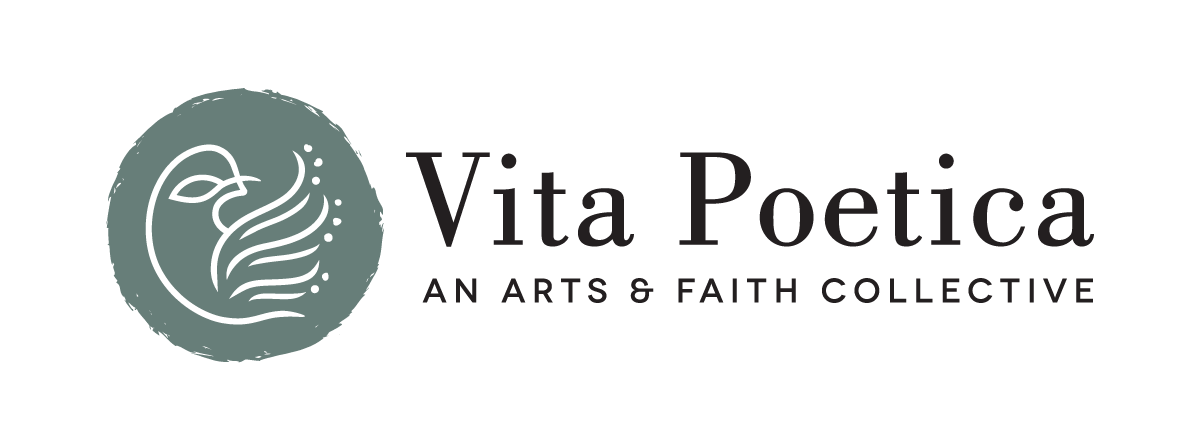Grappling with Pain, Together
A Letter from Co-Editor Caroline Langston
In my corner of the (Christian) religious world, one of the phrases that gets tossed around a lot is “The Church is a hospital for sinners.” That’s generally meant as an earnest counter-observation to the apparently-still-widespread belief, among both the still-religious and happily lapsed, that the lives of the faithful are supposed, above all else, to look good. By this standard, earthly success is either a reward for faithfulness—or a confirmation of hypocrisy.
Then there’s a third trope that’s made its way through popular Christianity in the past few years, and that’s a self-confessional focus on the “messiness” of life and the limitations of our own “brokenness.” Far too often, though, what’s presented within this ambit is a curiously bloodless kind of mess, though–as if this slick suffering had been curated to look good on Instagram. Or as David Zahl puts it in our interview with him, “Vulnerability can become a performance.”
In general, though, even those of us who go on about the “Church as hospital” do not act, most of the time, like we really believe it. We want nothing to do with this barge full of illness and suffering—and so we are caught up short when, inevitably, we find ourselves in it. We do not speak of our own, nor do we want to hear about it from others.
The through-line of this edition of Vita Poetica seems to be the effort to “speak it”—that to navigate pain, in all its forms, is both a literary and spiritual act, whatever our religious tradition or lack of one. In so many of this edition’s poems, writings, and art, we find that we can only understand when we reckon with it together.
I see that drive at its toughest and most basic in Shae Krispinsky’s poem “This is How You Remember Him,” in which the protagonist at a deathbed refuses gauzy sentimentality to face the implacable physical reality of dying. In Adrian Harte’s “Red Rite Hand,” as well, the narrator recalls his vivid childhood conflation of Christ’s sacrifice with the press of his father’s razor drawing blood on his arm–and in the process, revealing all the other ways that an airless faith cut him.
Moments of rueful recognition take place even among those who remain firmly within their traditions—as Christopher Honey recollects in “I Pray to You, Saint Peter, Whom No One Loves”: “I’m someone too whose leadership is known to falter at / First, second, third time called . . .”
Another characteristic of so many of the works in this edition is the constant interplay between the material and the spiritual—and how the exhaustion in one realm can energize (or enervate) the other. How incarnate, literally, are the gravediggers in Blake Kilgore’s poem “The Parade of Death Requires Labor”! Cheryl Sadowski’s review of Jonathan Franzen’s 2021 novel Crossroads, “Devil in the Details,” teases out all the dimensions of that epic novel’s consideration of faith, morality, and ethics, against the backdrop of liberalizing America in the early 1970s. Connor Walden’s sculpture cycle “Cradles” conceptualizes relationships that are both spiritual and physical, by means of joined steel and yarn.
What underscores all these works—and all these authors and artists—is a shared understanding that our burdens, both physical and spiritual, are meant to be shared. Whatever the failings of our faiths and our institutions, it is here that our burdens can be shared.
And in so jointly grappling, we can be renewed.
